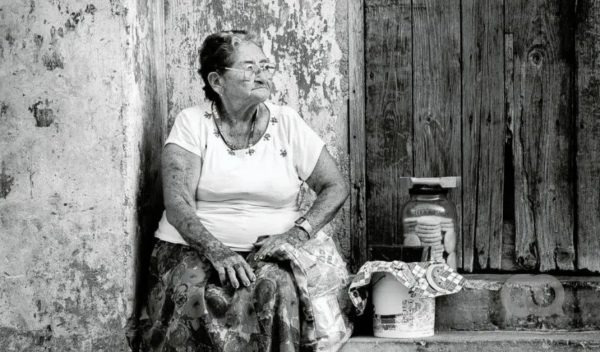Interactive Map for the Elderly and Caregivers in Cuba

By Glenda Boza Ibarra (El Toque)
HAVANA TIMES – The Cuido60 platform – observatory of old age, care and rights – launched the tool “Interactive Map of Intervention in Old Age: projectos and services for the edlerly in Cuba,” which allows this age group and their caregivers to locate institutions, initiatives and programs for the elderly in Cuba or their caregivers.
According to Alejandra Lache, a junior researcher at Cuido60, this tool allows information to be provided to researchers, caregivers and families, as well as connecting them with Cuban civil society organizations and with services available in every region (transport, home visits, training for caregviers, food, etc.).
The initiatives mapped here are not only linked to the State, but also to NGOs, religious institutions, local citizen-led initiatives, community projects and others.
Constantly updated and open to collaboration, the interactive map pinpoints homes for the elderly – state-run or private – by region – with details and contact information; “daycare” centers; canteens run by the Family Assistance System; and other services linked to food, laundry, leisure activities and psychological check-ups with the elderly.
“Compiling information for building this tool isn’t easy. Much of the information isn’t available or isn’t so easy to access, so it’s important that the people, organizations or others that run different projects relating to taking care of the elderly – whether it’s training, care and other projects – contact us so we can include them and complete the map,” urged Elaine Costa, the executive director of Cuido60. “This information will also help studies and investigations that follow.”
The interactive map helps people who care for the elderly, or even the elderly themselves, by providing them with the information they need to contribute to this age group leading a dignified life, as they are extremely vulnerable and are at even greater risk now during the COVID-19 pandemic.
Caregivers, who are themselves elderly a lot of the time, will find services and training programs, as well as psychological guidance. Society overall will see a tool that helps to give visibility and sensitize people to those aged 65+.
“We know that people accessing the tool from Cuba may have problems with Internet access or limited bandwith and coverage. This is why we have tried to set up different ways to visualize the map on Android or iOS devices, and in Google search engines,” Lache explains.
Elaine Acosta added that “as an observatory, they are interested in boosting skills and the organization of Cuban civil society in a way that helps to promote change and will improve the situation of the elderly and their caregivers.”
According to these researchers, this map also points out the gaps that exist in services and confirms the unequal distribution of assistance programs.
“It allows us to see these limitations better, as well as other very useful information, so we can analyze problems, identify needs, carry out studies and propose solutions,” Acosta said.
According to the II National Survey on Population Aging (ENEP 2017), there are 4,220,616 people aged over 50 in Cuba, which has a total population of 11.2 million. The statistic that proves the importance of encouraging initiatives that care for these individuals, especially those who live alone: 17,4%, with an average age of 71, and 54% are women.
The study also revealed that “80.6% of people aged 65+ suffer from at least one chronic disease, high blood pressure being the most common, while 50% have at least two of these kinds of conditions.”





